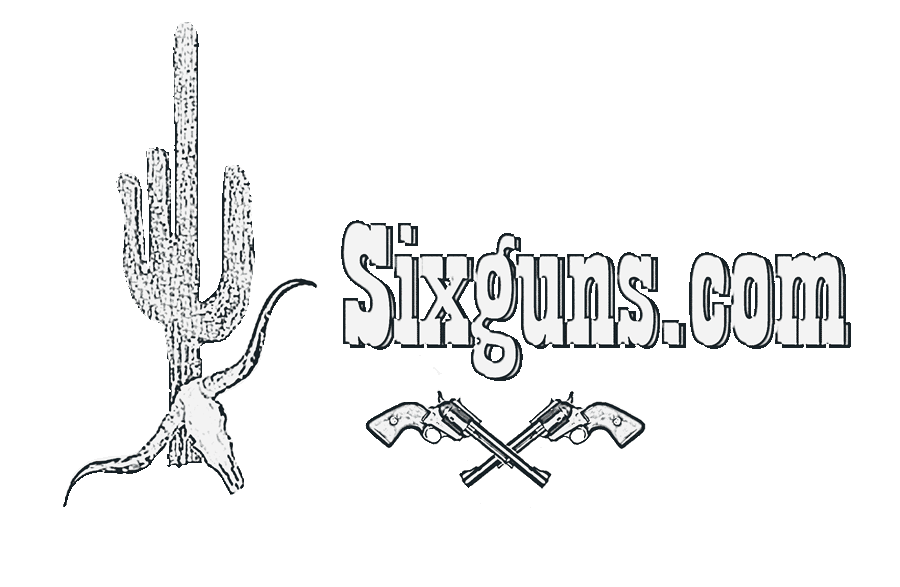Hello everyone. This is my first post on this forum. I know there's a lot of experience going back many years here, so thought this would be a good place to ask my questions.
I recently purchased a Charter Arms Bulldog. This is a stainless steel first generation gun with serial number in the 940,000 range. I intend to only use appropriate loads
in this revolver - - 200 gr Gold Dot in the factory CCI and Speer loadings. Also a little bit of 210 gr Black Hills cowboy action loads. And later, my own handloads. I noticed
that there is a little bit of cylinder endshake with this gun. As far as I can tell from my feeler gauges its greater than .0025", but not quite .003". Is this o.k. for this gun ?
Is this normal & still within specs for an older Charter Arms Bulldog thats about 30 years old ? This will be a 'shot little, carried a lot' revolver. Thank you in advance for your comments.
Charter Arms Bulldog - What To Expect ?
- Login to post comments
P.S. - - I forgot to add that barrel-cylinder gap is between .004" - .005" Thanks
opps . . . sorry bout that !
what?
no bad days at sixguns!
Cylinder play is one of those things that's open to interpretation. Some guys swore that the best procedure for testing lock up was to just let the hammer go from full cock, holding the hammer with ones' thumb. Others figured that the best was to work that hammer all the way down, and with the trigger held all the way back, test for play.
What is certain is that the cylinder is never measured for play/shake when at rest.
I don't know what method you used, but if its any consolation, any test other than hammer fully down with trigger held back is likely to result in SOME cylinder play.
I have one gun that was shot quite a bit with full house loads before I ever got a hold of it. The cylinder wiggles more than a politician answering a question, yet with the right ammo, I can hit what I aim at, even at some distance.
As long as the cylinder does not go out of time, it might not be the best gun, but it should still work-with the right ammo.
. . . I measured using automotive type feeler gauges with trigger fully depressed (same method you mentioned). I compared this to dimensions with trigger at rest. BTW barrel-cylinder gap is
around .004 on all cyinder chambers. I reviewed several online guides on how to evaluate a revolver before taking the measurements, and am pretty confident of my numbers.
I know there may be some guys here with many decades of experience with the Bulldogs - including those who have owned the older guns. (John Taffin mentions them in his writings, of course.)
I'll definitely be sticking to the mild factory loads I mentioned and the equivalent handloads when shooting this Bulldog. Best regards, ---
Should also mention that different manufacturers have different standards for lock up.
Colt was famous for their rock solid lock up.
S&W for their "rolling" lock up.
Today, in my experience most modern manufacturers build their wheel guns with a bit a play. Ruger, Taurus, EAA, and in your case Charter. It does not mean that the gun won't handle stout loads.
Guns that handle stout loads are made with generous amounts of steel surrounding the chamber, bolt cut, and web, and have lock work able to handle the punishment delivered by the swift and heavy recoil pulse. Quality of steel, and quality of heat treating also come into play.
I know that Charter Arms has been reorganized more than once since its inception, and that today's company might have the same name, but is not the same C.A. that started it all. Any modern company is going to build guns capable of handling normal operating pressures, with a margin of safety. You can shoot any factory ammo rated for standard pressure, and any handload that operates at a similar threshold. If, for some reason you cannot, then the gun needs to be sent to the factory, or to a qualified agent for evaluation.
If I recall correctly, C.A. will state IF their gun is capable of handling +P loads.
My advice is to buy an assortment of factory loads, and find one that shoots best, then handload to the same performance with similar components. We all tend to get caught up in the fancy bullet thing, and zippy velocities, but one thing that has been true for as long as people have been using guns-putting holes in the target is first priority, not how fancy those holes are achieved.
Best wishes.
any fellows who have used a Bulldog going back many years ? (old first generation guns ?) Is John Taffin out there ? I know he has a couple
old Bulldogs and may have some comments on their cylinder lock-up. Regards everyone, - - - Rob
... checks in infrequently, if you want to get a message to him, I suggest the guest book.
I've got one of the new Bulldogs. Stainless steel, coated black, DAO, 2 1/2" barrel. It is one of my carry guns, and for this purpose it's loaded with Winchester Silver Tips.
I paractice with "cowboy loads", plain ol' lead flat points at about 700 fps.
I liked it so well, I got a similar Charter in 38 Special for the wife.




Recent comments
1 week 20 hours ago
26 weeks 1 day ago
36 weeks 3 days ago
1 year 30 weeks ago
1 year 36 weeks ago
1 year 36 weeks ago
4 years 22 weeks ago
4 years 23 weeks ago
4 years 38 weeks ago
5 years 2 weeks ago